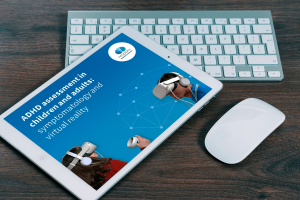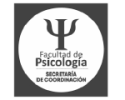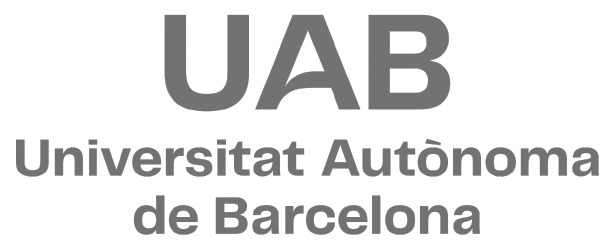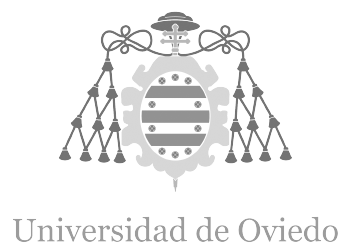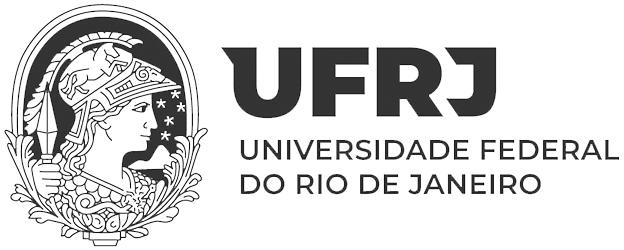Young people who prefer crowded libraries, children who need the TV for homework, digital nomads who spend hours with their laptops at coffee shops… Surely you know people who claim to concentrate better in noisy environments. Maybe you are even one of them. In this post we analyze why some people concentrate better with distractions and their possible relationship with attention problems, ADHD and High Abilities.
Two friends are talking and an ambulance passes by: will that deafening noise make them lose the thread of the conversation? You may think so, but by the end of this article you will understand why this is not always the case.
When we perform a task that requires our attention, such as holding a conversation, external visual or auditory stimuli, such as that ambulance, generally act as distractors that hinder the state of concentration in which we are.
What is arousal and how does it relate to attention?
Arousal is a physiological state that indicates the level of brain activity or alertness of an organism. It fluctuates on a sleep-wakefulness continuum in which at one extreme is deep sleep and at the opposite, a state of extreme arousal.
This level of arousal varies throughout the day depending on numerous internal and external stimuli.
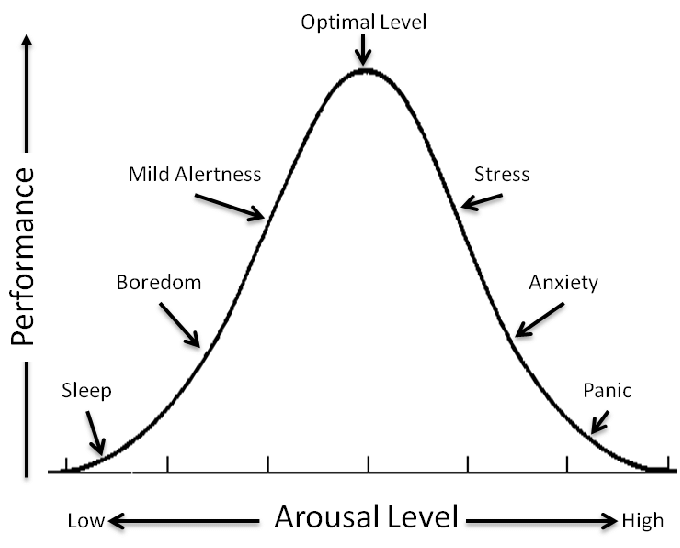
There is an optimal level of arousal for good performance; too little or too much brain activity can negatively affect task performance.
Arousal and ADHD: the theory of low arousal
According to the psychological theory of low arousal, individuals with attention deficit hyperactivity disorder (ADHD) seek self-stimulation through excessive activity to transcend their abnormally low arousal state. This low arousal results in the inability or difficulty in sustaining attention in any task of waning stimulation or novelty, in addition to explaining compulsive hyperactive behavior.
- A study about brain arousal regulation in adults with attention-deficit/hyperactivity disorder tests the hypothesis that adult patients with attention-deficit/hyperactivity disorder (ADHD) have lower levels and less stable arousal regulation than healthy controls.
- A person with low arousal reacts less to stimuli than one without. It is as if he or she is in a chronic state of “stimulus starvation”. Mawson and Mawson (1977) state that the individual needs more sensory input to feel “normal”.
- This other study, called ‘A shield against distraction’, involving 32 students, explores the idea of a trade-off between concentration level and distraction to test whether a manipulation of task difficulty can protect against distraction.
Why some people concentrate better with distractions: ADHD and High Abilities
Manuel Fernández, “El Neuropediatra” (The Neuropediatrician), shared in this webinar held in Spanish the real case of a teenager who came to his office with her concerned parents. She had previously visited several specialists who could not find the key to the problem: poor academic performance and attitude problems both at home and at school. According to Fernández, the 16-year-old girl, whom we will call “A.”, passed the evaluation tests with good results, but she could have done better. Before moving forward to the key findings and the clinical case learnings, let us introduce Nesplora Aula Attention briefly.
Clinical assessment of attention with Nesplora Aula Attention Kids
Nesplora Aula Attention Kids is a neuropsychological assessment test in virtual reality that measures attentional processes in children from 6 to 16 years old.
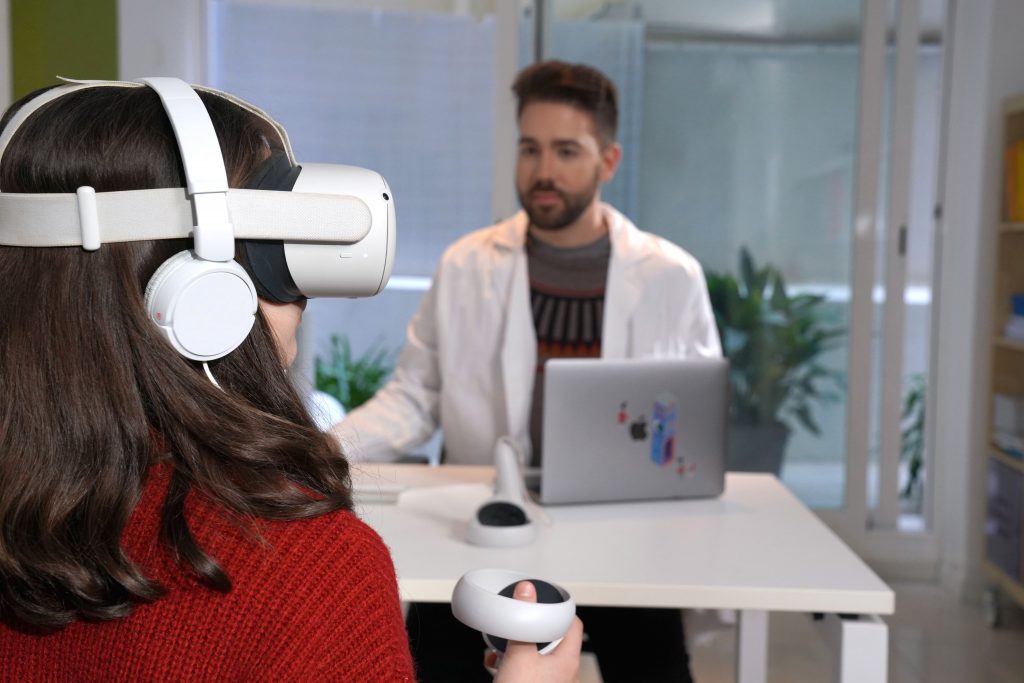
Nesplora Aula is a CPT that combines auditory and visual stimuli in a virtual environment: a school classroom, with its characteristic elements and distractions (teacher walking around the classroom, whispering, papers flying, sounds coming through the windows, etc.).
It evaluates, among other variables, selective and sustained attention, impulsivity, processing speed, tendency to distraction or motor activity, which are key for the diagnostic support of ADHD.
We can expect the variation of arousal against Nesplora Aula distractors to range from a slight increase and better performance with distractors than without, to an inability to handle irrelevant stimuli and overstimulation.
Nesplora Aula allows the use of distractors for the maintenance of arousal, which, when the regulation of attention is poorly managed, at a given moment, can really distract from the task, implying an attentional disconnection from the objective and making it difficult to regulate its return.
Now coming back to the clinical case presented. Among other data, the report provided by the tool compares “A.’s” test performance with the general population of her age (in which no significant differences were found) and with herself in 2 situations: with and without distractors. And this is where the relevance of the matter lies:
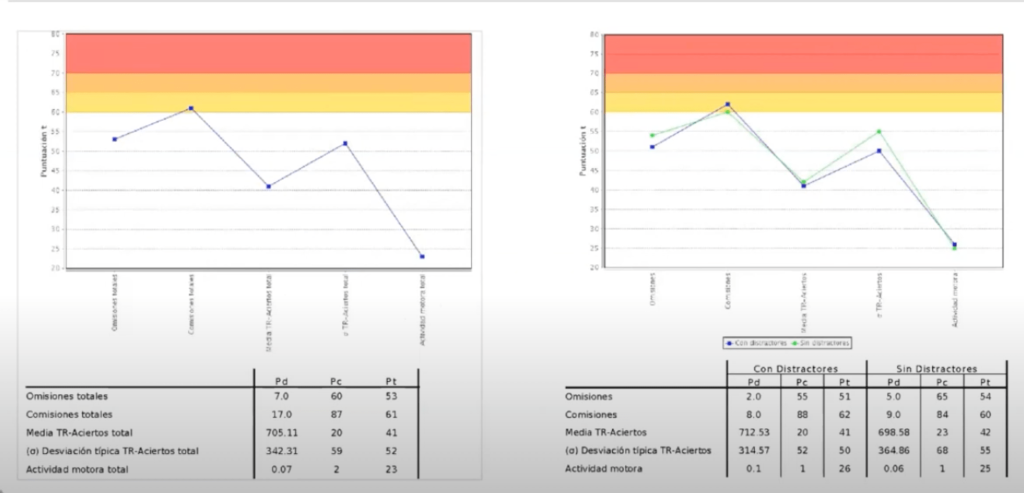
In general, people tend to lose focus and perform worse when there are interfering stimuli. However, “A.” did better on the task in the presence of such distractions. What sense can it make that he makes fewer mistakes when he is getting stimuli that should be bothering him?
For Fernández, the answer is clear: the only explanation that allows us to understand this is that A. was not really functioning at full capacity because she was clueless to begin with or with low arousal.
Para El Neuropediatra, la respuesta es clara: la única explicación que nos permite entender esto es que realmente A. no estaba funcionando a pleno rendimiento porque estaba despistada de partida o con un bajo arousal.
For most people, these distractions when performing Nesplora Aula, which requires concentration, function as annoyances, they break concentration. On the other hand, for someone who is generally absent-minded, such as “A”, these stimuli hinder his or her “default” state of distraction and function, paradoxically, as attention-generating stimuli.
How can we observe these states of attention and distraction in class?
Let’s look at an example similar to the one before, of the conversation and the ambulance to understand day-to-day life in an educational center:
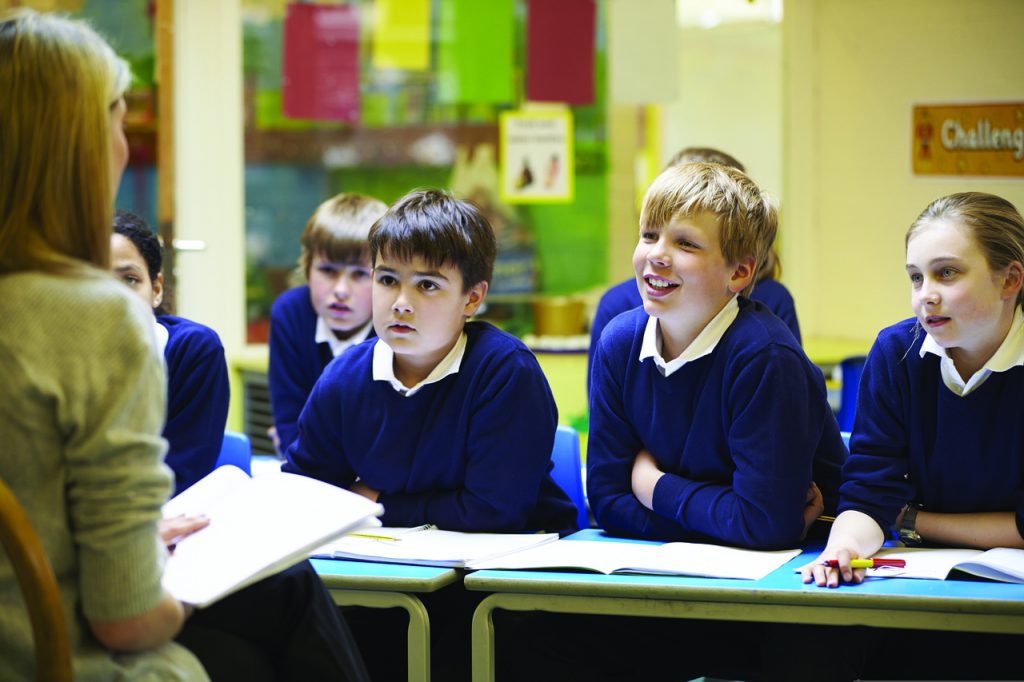
✏️ A teacher is explaining in class how the digestive system works.
✏️ “Student X” is distracted thinking about the video game he will play when he gets home.
✏️ “Student Y” is very attentive listening and taking notes during the explanation.
✏️ At one point, several books fall to the floor at the back of the classroom, making noise.
To “student Y”, who was listening attentively, that sound (interference in the teacher’s explanation) will make him lose the thread and get distracted, while, for “student X”, who was daydreaming, that auditory distractor will work as an attention stimulus to return to the present moment in which the explanation of the Biology class is taking place.
How do we detect High Abilities when they “hide” behind attention problems or ADHD?
According to experts, there is an alarming underdiagnosis of high abilities for different reasons: from a poor focus of the medical community in relation to this topic, to emotional barriers of the patient. But when attention problems converge with high abilities, the Nesplora Aula assessment tool allows to clearly detect it: a person with high abilities and attention problems, as we have seen above, is absent-minded “by default” but his high abilities will allow him to perform in the assessment equal to or better than average. However, when comparing her performance with themselves, with and without distractors, we find the striking paradox: they perform better with those distractors, because for them they are attention stimuli.
“When intelligence tests such as the WISC are administered, High Abilities can be overlooked. Not because there aren’t any, but because there is executive dysfunction that causes performance to be suboptimal.”
Manuel Fernández – El Neuropediatra
When ADHD and High Abilities are present in the same person, sometimes the tests can be misleading. So much so, that it is common for a child with ADHD and High Abilities to do well on intelligence and attention tests. This means that their disorder can go unnoticed.
Intelligence “compensates”, punctually, the difficulties of attention at the moment of taking the tests. Unfortunately, this compensation is not maintained at the academic or domestic level at all times, which leads to frustration and other problems, at different levels, in the child and his or her environment.
How to get the diagnosis right?

At Nesplora we have the tools with the highest reliability and ecological validity thanks to the precision provided by the use of virtual reality. In addition, our tools have a wider range of scientific publications and rating samples than most of the classic batteries for the evaluation of attention, memory and executive functions.
It is important to have the most accurate assessment batteries, but that is not enough.
If you are a medical professional and you are thinking that we are going to tell you to buy our tests to get your diagnoses right, you are wrong. No tool, no matter how accurate and innovative it may be, can replace the work of the clinician in diagnosis.
The reports provided by our neuropsychological assessment tests with virtual reality contain tables, graphs and detailed explanations with all the information of the variables involved in the mental processes to be evaluated and constitute a solid basis on which to support the diagnosis. However…
It is the professional who has to elaborate a complete diagnosis, based on the combination of information from evaluations, interviews, observations, reports from family members and teachers and, why not say it, the intuition that characterizes an expert.
If you are not a health professional, but you suspect that you or someone in your environment may have attentional problems that prevent you from developing your potential, we recommend you to look for your nearest specialist in our international network of professionals using Nesplora.
You might also find this interesting…
Why You Need Virtual Reality in Your Practice
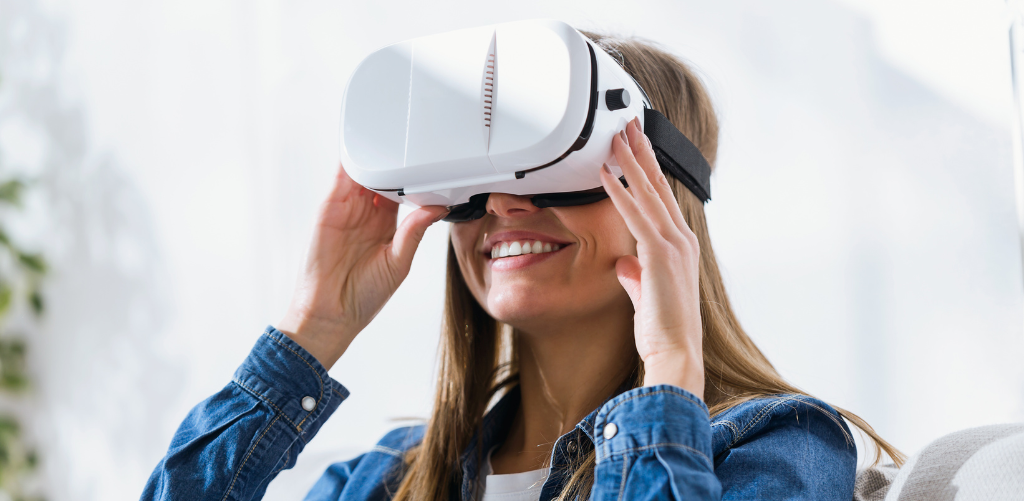
Follow us and share this post on social networks, where we are waiting for you with more content about Mental Health and Education.
👉 Facebook, Twitter, Instagram, LinkedIn and YouTube
